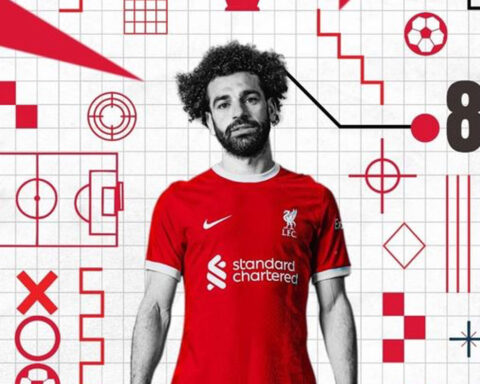Some players look great on paper but flop under pressure. Others? You watch them for five minutes and just know they fit the system.
Finding Product–Market Fit works the same way.
Watching, listening, and understanding your audience in their natural habitat complements what the dashboards and demo requests can’t quite tell you.
As Pat Flynn puts it in Superfans:
“People will always be the best source of feedback if you’re willing to listen.”
One of his go-to tactics? Dive into real conversations happening in Facebook Groups. Not to pitch—just to observe the game.
The Strategy: Listen Where They’re Already Talking
Your future users are already asking for help. They’re stuck. Curious. Venting. And they’re doing it in their own words.
Flynn suggests searching online communities—Facebook Groups, Reddit threads, Discords, wherever your people are—for phrases like:
- “Why is it…”
- “How do I…”
- “Need help with…”
- “Struggling to…”
- “What’s the best way to…”
Each one is a window into the blockers they’re facing—raw, unfiltered, and priceless.
Even better? You’ll see exactly how they describe those challenges. That’s your edge.
Think of it like scouting a new signing—not just looking at highlight reels, but watching how they move in training. You’re not after flash. You’re looking for fit.
The Move: Build Your Language Bank
Here’s your scouting drill:
1. Join 3–5 high-signal Facebook Groups.
Skip the mega-groups. You want niche, active communities where people are helping—not just selling.
2. Search those trigger phrases.
Don’t jump in. Just listen.
You’re there to learn how your audience talks when no one’s pitching them anything.
3. Document what you find.
Build a “language bank” with actual phrasing and themes:
- What annoys them?
- What excites them?
- How do they describe the problem, or their ideal outcome?
They may not describe your product—but they will describe the world it needs to thrive in. Look for recurring words, emotional cues, and gaps they’re trying to fill.
4. Use that language everywhere.
On your landing page. In your onboarding flow. Inside the product.
You’re not simplifying—you’re showing them you understand.
Extra Time Bonus: Ask Smart, Not Salesy
Once you’ve earned your spot in a group, drop in a genuine question:
“Curious—what’s been the hardest part of [doing X] this year?”
No hook. No funnel. No fake curiosity.
People can smell a pitch from a mile away—but if you’re authentic, they’ll open up. And when they do, you’ll collect insights no analytics tool can give you.
FINAL WHISTLE: The Never-Ending PMF Chase
PMF isn’t a trophy you lift once—it evolves.
Your market shifts. Competitors move. Expectations rise.
This scouting tactic keeps you close to the action—so you don’t lose the dressing room.
Stop guessing. Stop assuming.
Start listening. And reflect it back with clarity and care.
#GameOn.

















